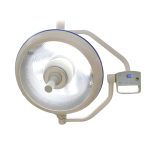Troubleshooting Guide: LED Light Blinking When Turned On Fix Your Lighting Issues Fast
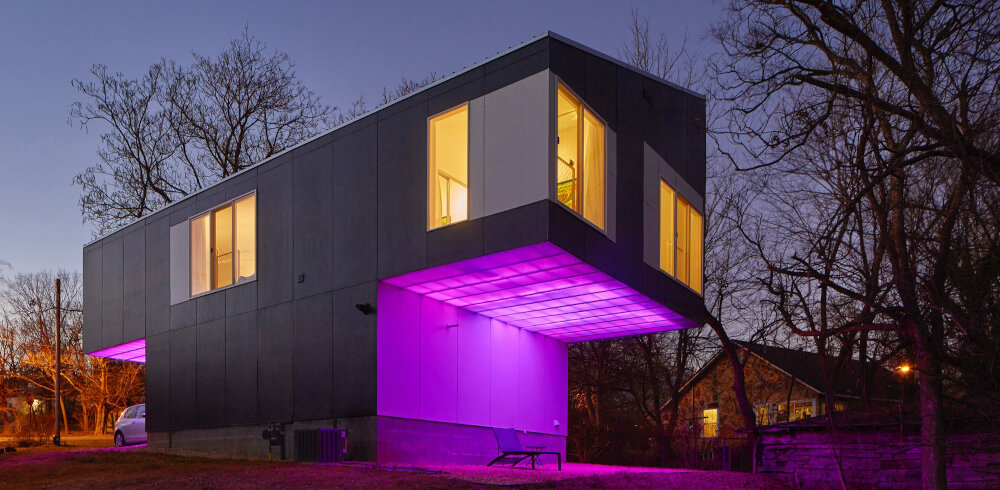
In today’s technologically advanced world, LED lights have become an integral part of our lives. From lighting up our homes to illuminating public spaces, LED lights have proven to be a cost-effective and energy-efficient lighting solution. However, like any other electronic device, LED lights are prone to malfunctions and breakdowns. One of the most common LED light issues that people encounter is the blinking of the LED light when turned on. This can be frustrating, especially when you are in a rush and need your lights to work properly. But fear not, with the help of this troubleshooting guide, you can fix your lighting issues fast and efficiently. LED light blinking can be caused by a variety of factors, including faulty wiring, overheating, or a problem with the power source. It is crucial to identify the root cause of the blinking LED light to ensure that you can fix the issue permanently. This guide will take you through a step-by-step process on how to troubleshoot your LED light when it is blinking. Whether you are a homeowner or a business owner, this guide will provide you with the necessary information to identify and solve your lighting issues, saving you time and money in the process. So, let’s dive in and learn how to fix your LED light blinking issues.
LED lights, or Light-Emitting Diodes, are energy-efficient and long-lasting lighting solutions that have become increasingly popular in recent years. These lights work by transmitting electrons through a semiconductor material, which then emits light. While they are generally reliable, LED lights can experience a few common problems. One problem is flickering or blinking when the light is turned on. This can be caused by loose connections, a faulty driver, or incompatible dimmer switches. Another issue is a decrease in brightness over time, which can be caused by a build-up of dust or other debris on the LED bulbs. Finally, some LED lights may emit a buzzing or humming sound, which is often caused by a faulty driver. By identifying and addressing these common problems, LED lights can continue to provide reliable and energy-efficient lighting for years to come.
When it comes to LED lighting, it’s not uncommon to encounter blinking or flickering issues. While these issues may seem minor, they can actually be indicative of larger problems that, if left unresolved, could cause serious damage to your lighting system. In addition to being unsightly, blinking LED lights can also be a sign of electrical problems, such as a loose connection or a faulty driver. Resolving these issues is important not only for the longevity of your LED lights, but also for your safety. By addressing these issues promptly, you can ensure that your LED lighting system is functioning properly and efficiently, and avoid any potential hazards or damage to your property.
Possible Causes for Blinking LED Light
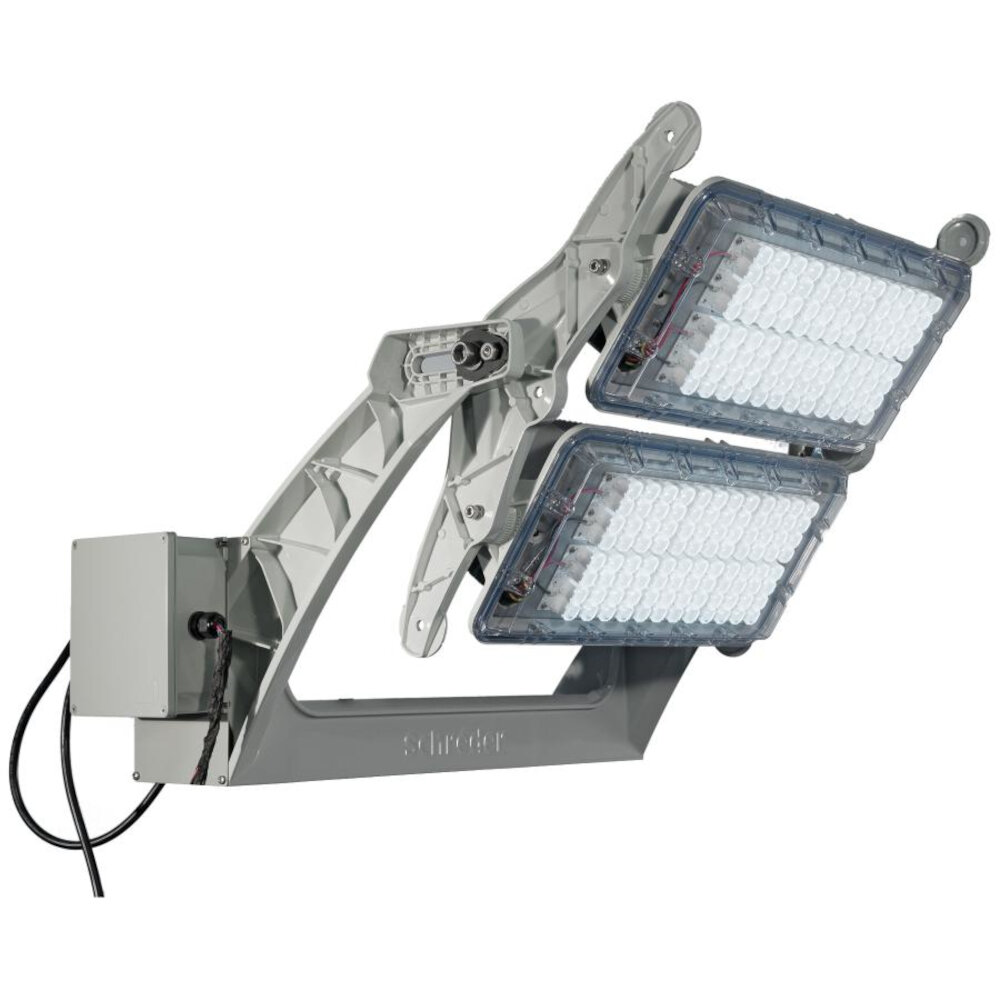
LED lights have become increasingly popular due to their energy efficiency and long lifespan. However, one common issue that many homeowners face is a blinking LED light. A blinking LED light can be frustrating and problematic, but there are several possible causes that can be easily resolved. One possible cause for a blinking LED light is a loose or faulty connection. This can occur if the LED light has not been installed properly or if the wiring has become damaged over time. To fix this issue, it is important to check the wiring and connections to ensure that they are secure and free from damage. This can be done by inspecting the wiring and connections and tightening any loose connections or replacing any damaged wiring. Another possible cause of a blinking LED light is a power surge or fluctuation. This can occur when there is an increase or decrease in the voltage of the electrical system. This can cause the LED light to blink or flicker as it tries to maintain a consistent level of brightness. To fix this issue, it is important to install a surge protector or voltage regulator to protect the LED light from power surges and fluctuations. Additionally, it is important to ensure that the electrical system is properly grounded to prevent power surges and fluctuations from occurring in the first place. By addressing these possible causes for a blinking LED light, homeowners can quickly and easily fix their lighting issues and enjoy the benefits of a fully functioning LED light.
Power supply issues can often be the culprit behind LED lights blinking when turned on. These issues can manifest in various ways, from flickering lights to completely non-functional bulbs. The causes of power supply issues can range from a faulty power outlet or switch to damaged wiring or a malfunctioning transformer. Identifying the root cause of the problem is essential to finding a solution that will fix the issue and restore your lighting to working order. It’s important to seek professional help if you’re unsure about how to diagnose or fix power supply issues, as electrical problems can be dangerous and require specialized knowledge to handle safely.
A faulty LED bulb is a common issue that many people face when it comes to lighting their homes. The problem with these types of bulbs is that they are often more sensitive than traditional bulbs, and as a result, they can be more prone to damage. If you are experiencing a problem with your LED bulb, it could be due to a number of different factors, including a damaged bulb, a loose connection, or a faulty driver. To troubleshoot the issue, it is important to start by checking the bulb itself to see if it is damaged or burned out. If this is not the issue, then you may need to check the connections to ensure that they are secure and that there are no loose wires. Finally, if none of these solutions work, then it may be time to replace the driver, which is responsible for regulating the power to the bulb.
One of the most common issues that can cause LED lights to blink when turned on is wiring problems. Wiring problems can arise due to various reasons such as loose connections, damaged wires, or improper installation. Loose connections can cause a lack of proper electrical contact between the wires and the fixture, leading to an unstable power supply and flickering lights. Damaged wires can also lead to a similar problem as they can cause a short circuit, leading to the fluctuation of electricity and the blinking of lights. Therefore, it’s essential to ensure that the wiring is correctly installed and maintained to avoid such issues.
Overheating is a common problem that can cause your LED lights to blink when turned on. This occurs when the heat generated by the LED light exceeds its thermal design limits, causing the temperature to rise and damage the internal circuitry. Overheating can be caused by a number of factors, including poor ventilation, high ambient temperature, and prolonged use. To fix the issue, you can try installing a heat sink or fan to dissipate the heat, moving the light to a cooler location, or reducing the amount of time the light is on. It’s important to address overheating promptly to prevent permanent damage to your LED lights and ensure they continue to function properly.
Troubleshooting Steps
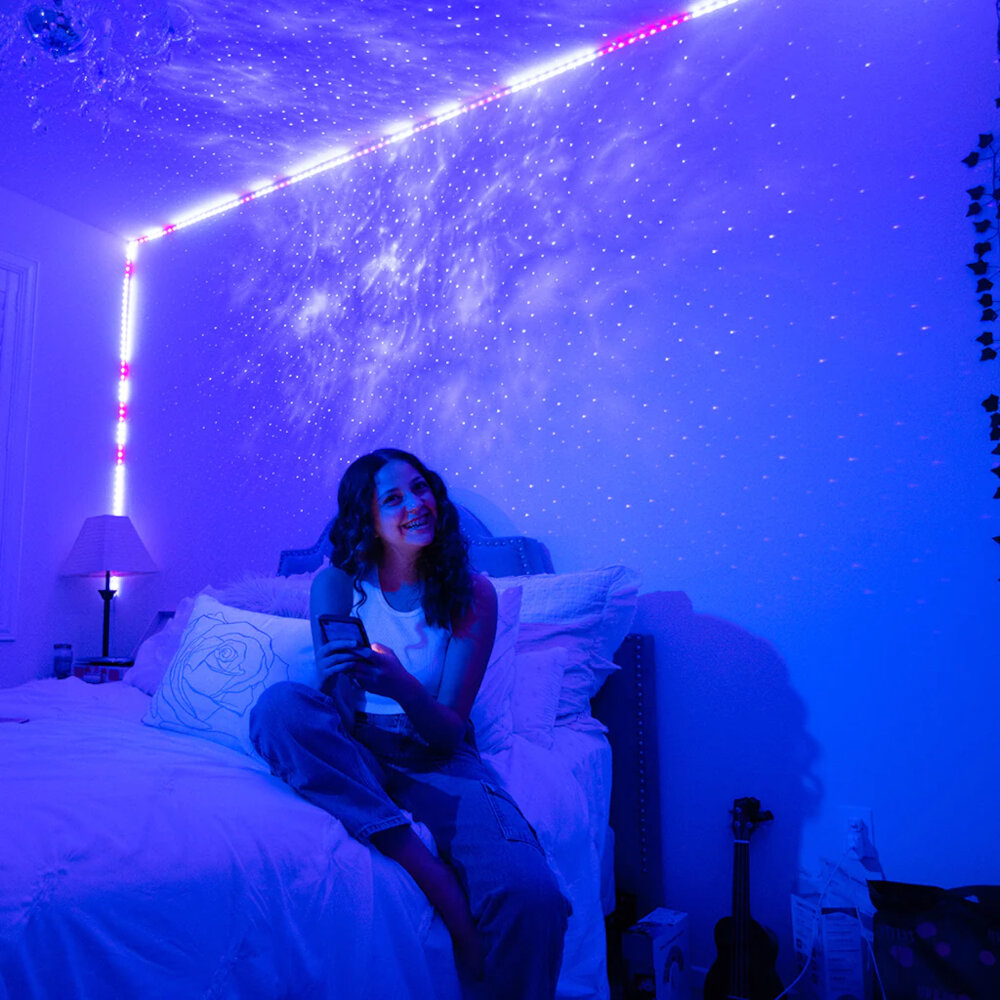
When dealing with LED lights that are blinking when turned on, it is important to follow a systematic troubleshooting process to identify and fix the issue. The first step is to check the power source and ensure that the LED lights are receiving adequate power. This can be done by checking the power outlet, power cord, and power supply unit. If any of these components are faulty, they should be replaced immediately to prevent further damage to the LED lights. The second step is to check the wiring connections of the LED lights. Check for any loose connections, frayed wires, or damaged connectors. If any of these issues are found, they should be addressed immediately to prevent any potential hazards. The third step is to check the LED driver or controller, which controls the power supply to the LED lights. If this component is faulty, it should be replaced immediately to ensure proper functioning of the LED lights. By following these troubleshooting steps, individuals can easily identify and resolve any issues with their LED lights quickly and efficiently.
One of the most common reasons for an LED light blinking when turned on is an issue with the power supply. It is important to check the power supply unit and ensure that it is providing adequate voltage to the LED light. A faulty power supply can cause fluctuations in voltage, leading to the LED light blinking or flickering. Check the power cord for any visible damage or loose connections, and try plugging the light into a different outlet to rule out any issues with the electrical circuit. In some cases, the power supply may need to be replaced to resolve the issue.
If you’re experiencing issues with your LED light blinking when turned on, it could be due to a number of reasons. One of the first steps in troubleshooting is to inspect the LED bulb itself. Look for any signs of damage or corrosion, and ensure that it is securely screwed into the fixture. If the bulb looks fine, try swapping it out with a known working LED bulb to see if the issue persists. It’s also important to ensure that the bulb is compatible with the fixture and that you’re using the correct wattage. By inspecting the LED bulb, you can eliminate one possible cause of the blinking and move on to further troubleshooting steps.
When troubleshooting LED lights that blink when turned on, examining the wiring is a crucial step. Wiring problems can cause the LED lights to flicker or not turn on at all. It is important to check if the wiring connections are tight and secure, as loose connections can cause electrical arcing and damage to the wires. Additionally, inspecting the wiring for any signs of wear or damage, such as frayed or exposed wires, is important. If any damage is found, it is recommended to replace the affected wiring to ensure safe and effective operation of the LED lights. A thorough examination of the wiring can help identify and resolve any issues with LED lights that are blinking when turned on.
Addressing overheating is crucial in fixing LED lighting issues. Overheating can cause the LED light to malfunction, leading to blinking or even complete failure. The primary cause of overheating is the accumulation of heat within the LED module, leading to a rise in temperature beyond the safety threshold. To fix this, first, ensure that the LED light is installed in a well-ventilated area to allow heat dissipation. Secondly, check if the LED module is adequately secured to the heat sink, which aids in heat transfer. If the heat sink is faulty, consider replacing it with a new one to ensure proper heat dissipation. Lastly, avoid using the LED light beyond its recommended operating temperature as this can cause overheating.
Additional Tips and Tricks
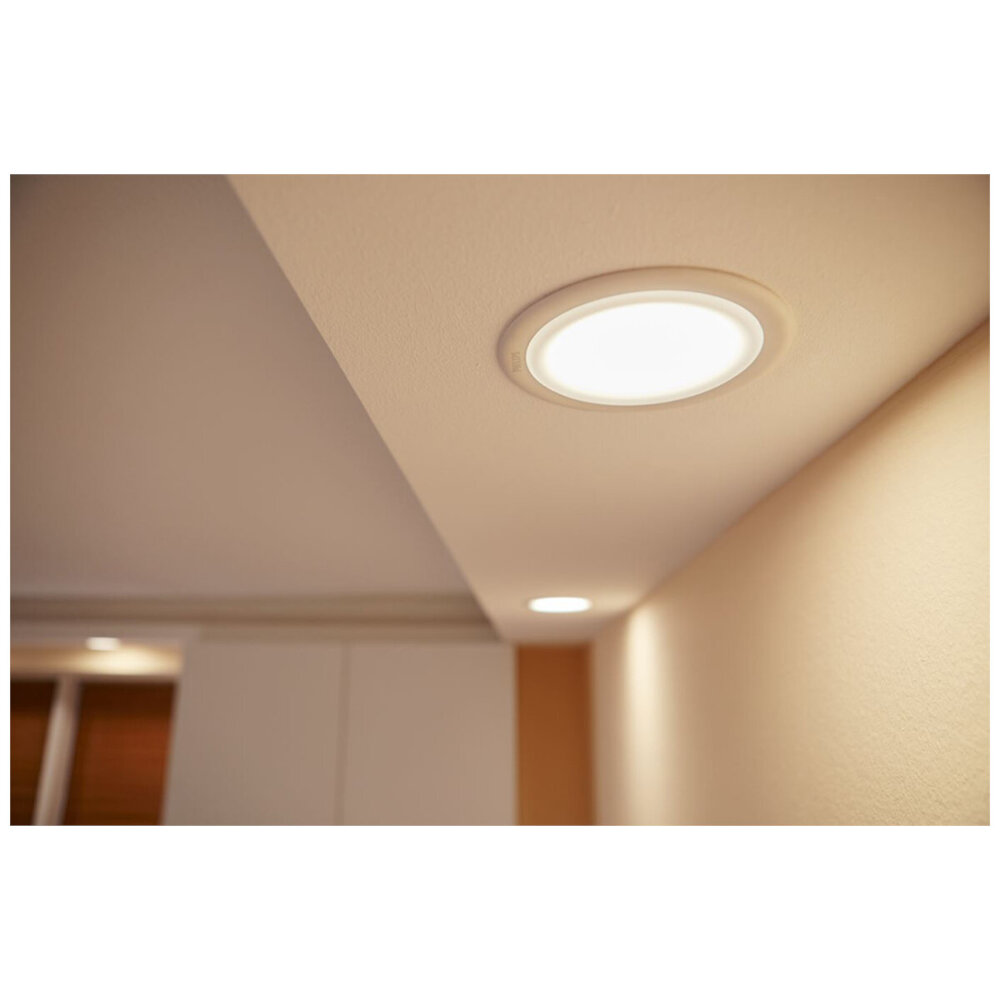
Additional Tips and Tricks
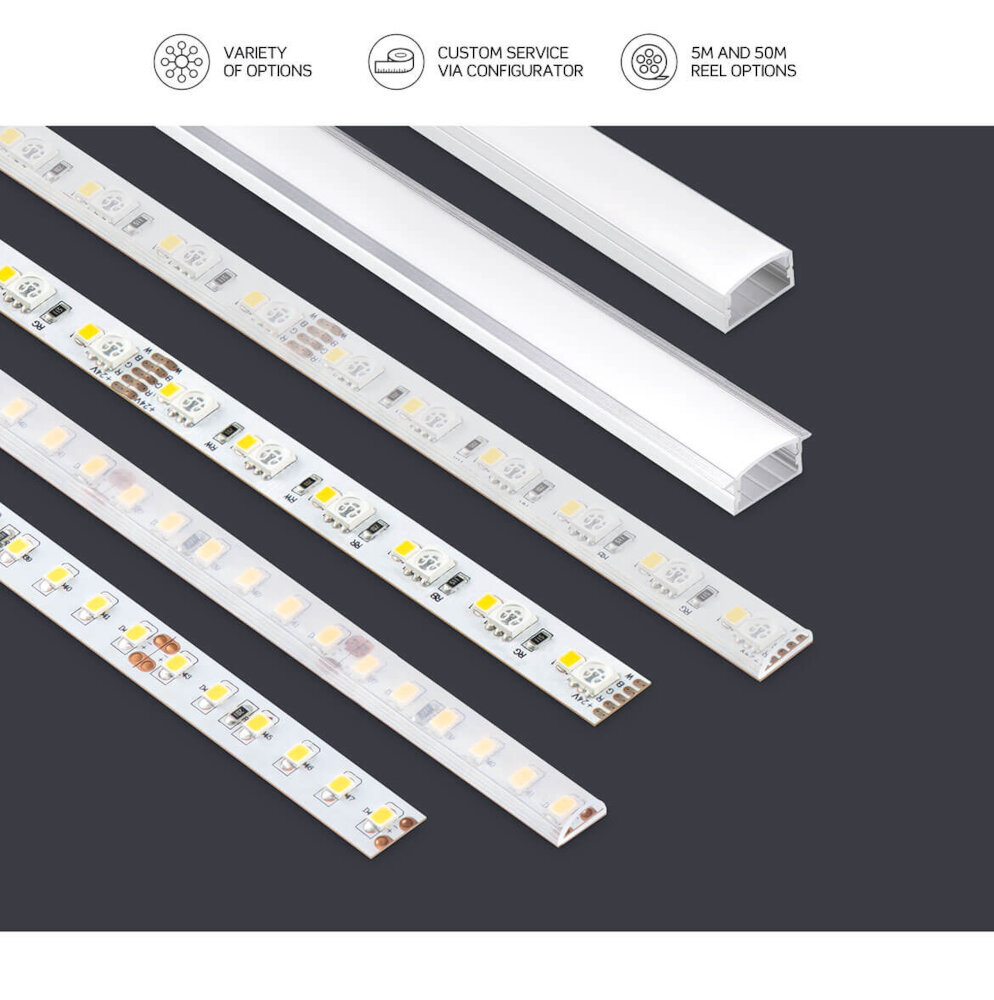
In addition to the troubleshooting steps mentioned above, there are some additional tips and tricks that can help you fix your LED lighting issues. First, make sure that the power source you are using is compatible with your LED lights. If the voltage or current is too high or too low, it can cause the LED lights to blink or not turn on at all. Check the manufacturer’s specifications to ensure that the power source is within the recommended range. Another tip is to check the wiring connections. Loose or faulty wiring can cause the LED lights to malfunction. Make sure that all connections are properly secured and that there are no exposed wires. If you find any loose or damaged wiring, replace it immediately to avoid any potential safety hazards. Lastly, if you have tried all of the troubleshooting steps and still can’t fix the issue, it may be time to call a professional electrician. They can diagnose the problem and provide a solution that is safe and effective. Don’t attempt to fix any electrical issues on your own, as it can be dangerous and cause more harm than good. By following these additional tips and tricks, you can ensure that your LED lights are working properly and safely.
When troubleshooting LED light blinking issues, it’s important to use a voltage tester to accurately identify the problem. A voltage tester is a tool that helps you determine whether or not an electrical circuit is live by measuring the voltage between two points. This tool is essential for ensuring your safety while working with electricity, as it can detect any live wires or exposed electrical components. By using a voltage tester, you can quickly and easily identify any wiring or electrical issues that may be causing your LED light to blink. With this information, you can then take the appropriate steps to fix the problem and get your lighting system back up and running in no time.
If your LED light is blinking when turned on, the issue could be a faulty LED bulb. Replacing the bulb is a fairly simple process that can be done by anyone with basic knowledge of electrical systems. Start by turning off the power to the light fixture and allowing it to cool down. Then, remove the old LED bulb by gently twisting it counterclockwise and pulling it out. Replace it with a new LED bulb of the same wattage and style, making sure to insert it firmly and twist it clockwise until it is secure. Finally, turn the power back on and test the light to ensure that it is working properly.
If you have tried all the basic troubleshooting steps and your LED light is still blinking when turned on, it might be time to consult a professional. A qualified electrician or lighting technician can help you identify the root cause of the issue and provide an appropriate solution. Attempting to fix the problem on your own can be dangerous and may cause further damage to your lighting system. Therefore, it is essential to seek the advice of an expert who can provide you with a safe and effective solution to your lighting issues. By consulting a professional, you can ensure that your LED light is functioning correctly and that your home or office is adequately illuminated.
If you’re experiencing issues with blinking LED lights, there are several steps you can take to fix the problem quickly. First, check to see if the bulb is properly screwed in and seated correctly. If this doesn’t work, try replacing the bulb with a new one to see if that resolves the issue. If the new bulb still blinks, it’s time to check the wiring connections. Ensure that all connections are tight and secure, and check for any frayed wires or loose connections. If you find any, replace the affected wires or connections. If these steps don’t fix the problem, it could be an issue with the power source or the LED driver, and it may be time to call in a professional to diagnose and fix the problem.
It is crucial to seek professional help whenever you encounter an issue with your LED light blinking. While it may be tempting to try and fix the issue yourself, it is important to remember that LED lights can be complex and require specialized knowledge to troubleshoot effectively. Seeking help from a professional can save you time, money, and frustration in the long run. A professional can quickly identify the root cause of the blinking LED light and provide a safe and effective solution to fix the issue. Additionally, attempting to fix the issue yourself can be dangerous and potentially cause further damage to your LED light or even harm yourself. Therefore, it is always recommended to seek professional help whenever you encounter any issue with your LED light.
Conclusion
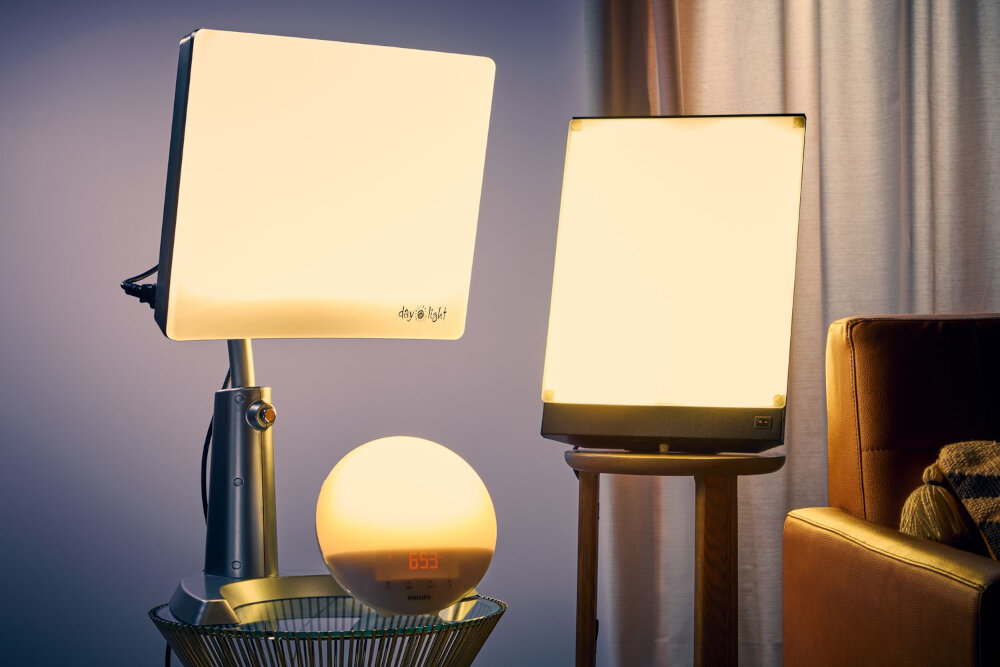
In conclusion, troubleshooting LED light blinking can be a frustrating experience, but with the right tools and knowledge, it can be resolved quickly. By following the steps outlined in the troubleshooting guide, you can identify the underlying issue and take the necessary steps to fix it. Whether it’s a loose connection, a power surge, or a faulty LED driver, you can be confident in your ability to diagnose and solve the problem. With a little patience and persistence, you can restore your lighting to its full functionality and enjoy the benefits of a well-lit space. So don’t let a blinking LED light get you down – armed with this guide, you can fix your lighting issues fast and get back to the business of living your life to the fullest.



